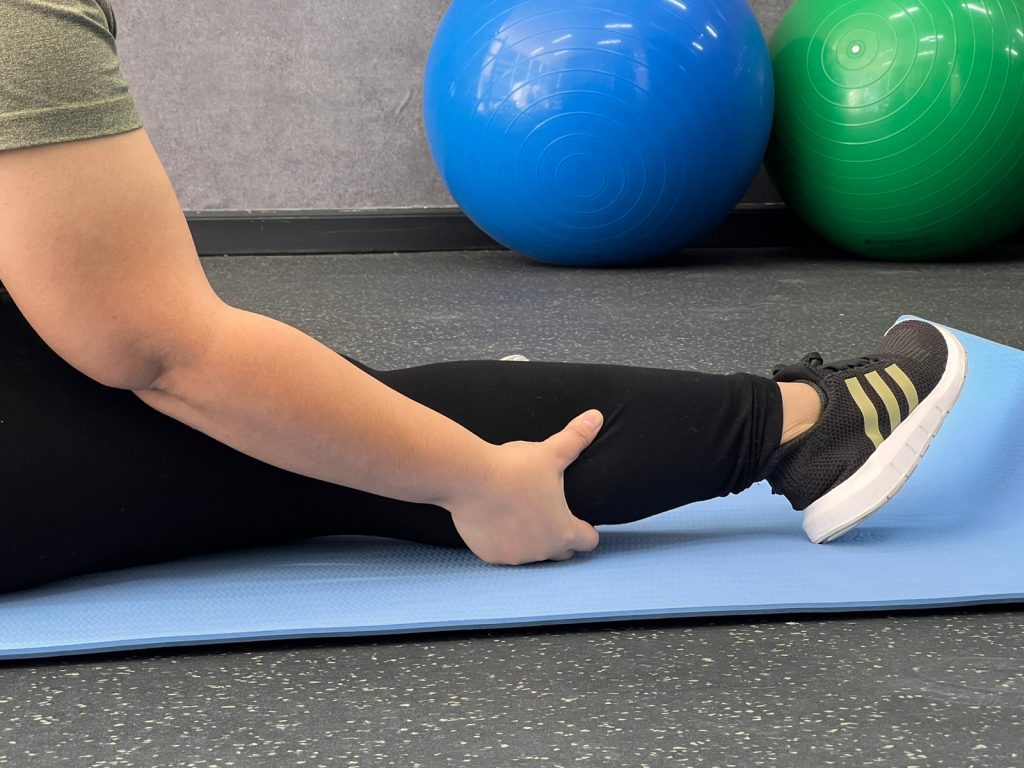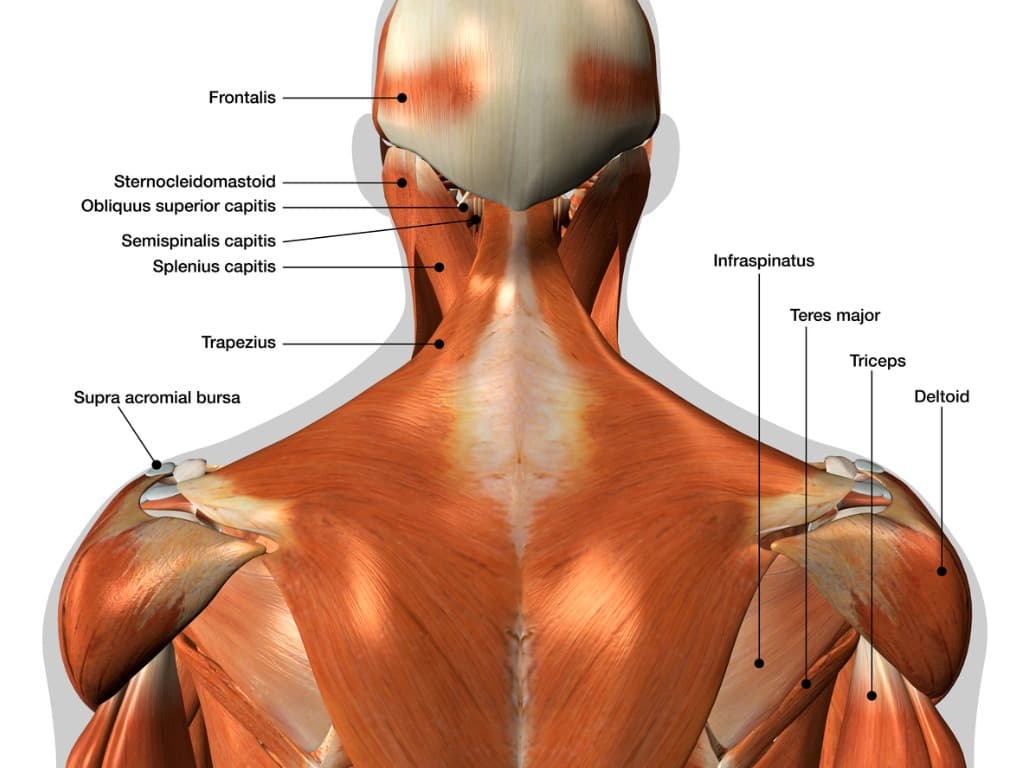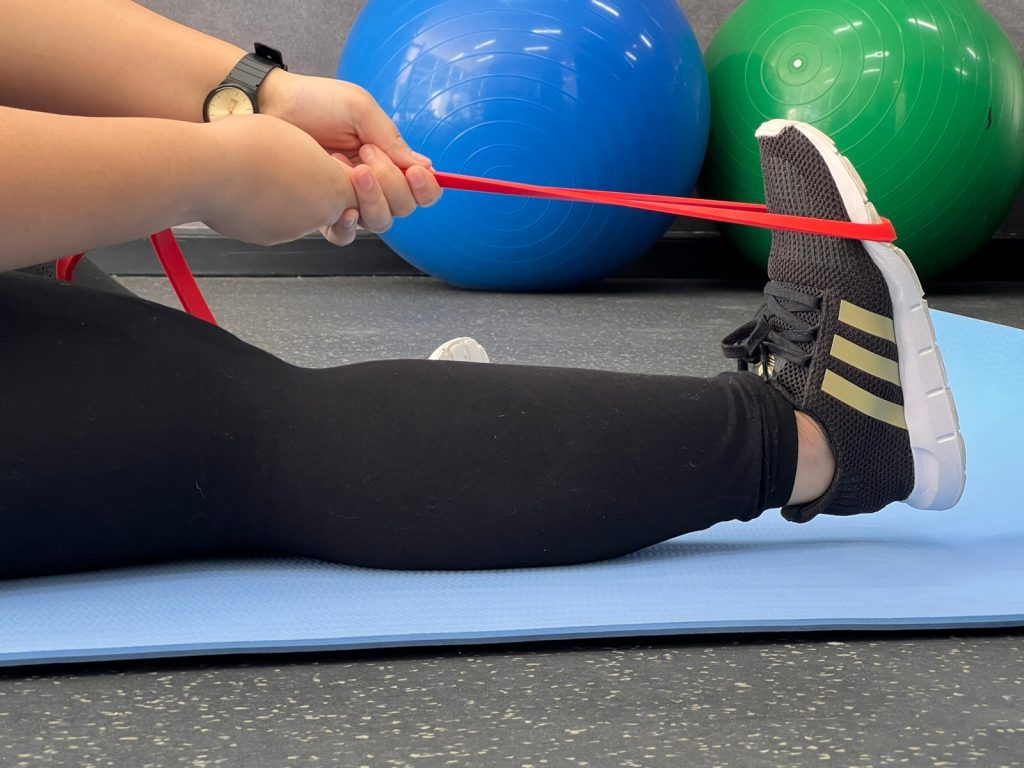
Health Blog | 3 MIN READ
Muscle Spasm
Dr. Katherine Valdez
Muscle spasms can be a debilitating and painful experience, affecting millions of people worldwide. Whether caused by injury, illness, or over-exertion, muscle spasms can be disruptive and impair daily activities. But the good news is that there are ways to reduce the intensity and frequency of muscle spasms. In this blog post, we will discuss the causes of muscle spasms, how to diagnose them, and effective treatments to help you manage them. We’ll also cover lifestyle tips that can help prevent further episodes of muscle spasms in the future. Read on to learn more about managing your muscle spasms today!
What is a Muscle Spasm?
A muscle spasm is a sudden, involuntary contraction of one or more muscles. It can be caused by a variety of things, including dehydration, electrolyte imbalance, muscle injury, or nerve irritation. Muscle spasms can be extremely painful and can make it difficult to move the affected muscle. Treatment for muscle spasms typically includes stretching and massage. In some cases, medication may be necessary to help relieve the pain and relax the muscle.
Anatomy of Muscles

The epimysium, perimysium, and endomysium all contain collagen fibers, which give muscles their strength. Muscle cells also contain actin and myosin filaments, which are responsible for contraction. Contraction occurs when actin and myosin filaments slide past each other.
Muscles contain two types of fibers: red fibers and white fibers. Red fibers are slow-twitch fibers, meaning they contract slowly but can maintain the contraction for long periods. White fibers are fast-twitch fibers, meaning they contract quickly but tire easily.
There are three types of muscle tissue in the body: skeletal, smooth, and cardiac. Skeletal muscle makes up the muscles that attach to bones and produce movement. Smooth muscle is found in the walls of internal organs such as the stomach and intestines. Cardiac muscle is found in the heart.
All muscles have 3 layers: the epimysium, which is a layer of connective tissue surrounding the entire muscle; the If these exercises do not provide relief, it may be necessary to see a healthcare professional for further treatment options. perimysium, If these exercises do not provide relief, it may be necessary to see a healthcare professional for further treatment options. which is a layer of the connective tissue surrounding each muscle fiber; and the endomysium, which is a layer of connective tissue surrounding each individual myofibril (the basic unit of muscle fiber).
Symptoms of Muscle Spasms
The most common symptom of muscle spasm is sudden, severe pain in the affected muscle. The muscle may feel hard or tight. You may also feel a burning or prickling sensation in the muscle.
Other symptoms can include:
• Muscle weakness • Joint stiffness • Difficulty moving the affected limb • Spasms that spread to other muscles • Loss of coordination • Muscle twitching
Causes of Muscle Spasms
There are a number of potential causes of muscle spasms, including:
- Dehydration: When the body is dehydrated, it is more likely to experience muscle cramps and spasms. - Electrolyte Imbalance: This can be caused by sweating excessively or not getting enough electrolytes in the diet. - Poor Nutrition: Eating a diet lacking essential nutrients can lead to muscle spasms. - Overuse: Repeatedly using a muscle group can lead to inflammation and irritation, which can cause spasms. - Injury: A direct injury to a muscle or nerve can cause a spasm.
There are many reasons why a person's knee might swell. It could be due to an injury, such as a ligament tear or bone fracture. Arthritis is another common cause of knee swelling. Other potential causes include gout, infection, and obesity.
If you have swollen knees, it is important to see a doctor to find out the underlying cause. Treatment will vary depending on the diagnosis. For example, if you have arthritis, your doctor may recommend physical therapy.
Treatment of Muscle Spasms
There are several ways to treat muscle spasms, depending on the cause. If the muscle spasm is due to overexertion, rest is needed. If the muscle spasm is due to a pinched nerve, the doctor may recommend massage or physical therapy. If the muscle spasm is due to a medical condition such as multiple sclerosis or cerebral palsy, the doctor will treat the underlying condition.
Exercises for Muscle Spasms
There are many different exercises that can help to relieve muscle spasms. Some of these exercises may be done at home, while others may require the assistance of a healthcare professional.
One simple exercise that can help to relieve muscle spasms is called Passive Stretching. This involves gently stretching the affected muscle group until the cramp subsides. This can be done several times per day, as needed.

Another effective exercise for relieving muscle spasms is called an Isometric Contraction. This involves contracting the affected muscle group without moving the joint. This can be done by holding a weight in the affected hand and pushing against a wall with the other hand.

If these exercises do not provide relief, it may be necessary to see a healthcare professional for further treatment options.
Prevention of Muscle Spasms
There are many ways to prevent muscle spasms. Some methods are as follows:
- Stretching the muscle before and after exercise - Drinking plenty of fluids - Eating a diet rich in potassium - Wearing supportive shoes and clothing - Avoiding activities that put stress on the muscles - Using a heating pad or ice pack on the affected muscle


